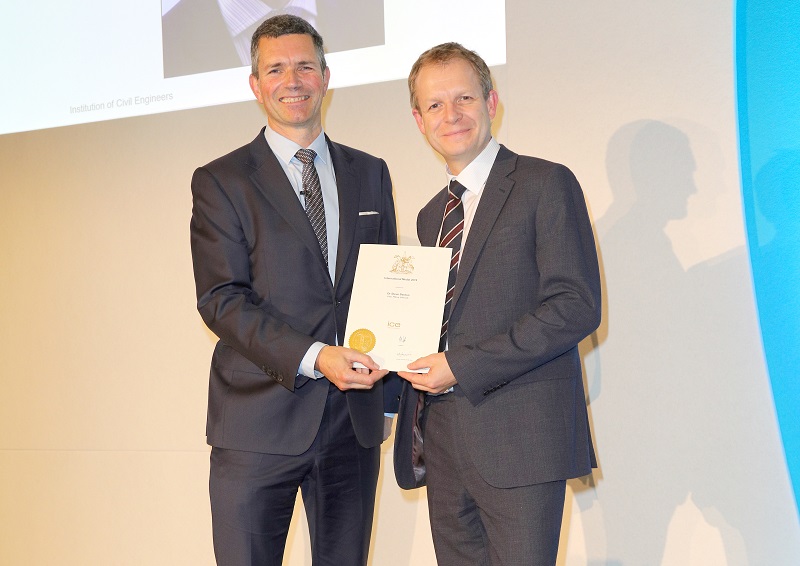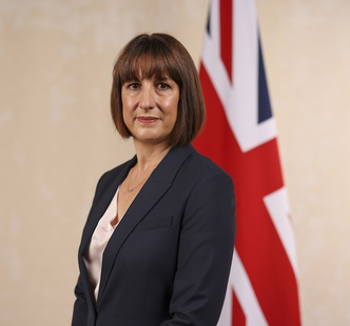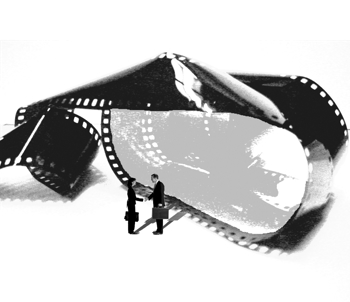Why setting international engineering design standards is so daunting

|
| Professor Steve Denton receives the International Medal at the ICE Awards 2019 for his outstanding contribution to engineering. He explains why international design standards are so crucial for the industry. ICE President Andrew Wylie is on the left. |
Contents |
[edit] Introduction
Success in any complex endeavour is always achieved by teams and not by individuals, which made it a very special moment when Steve discovered that his colleagues in the UK and across Europe had worked together to nominate him for the ICE International Medal.
For 20 years up till 2019, he was involved in developing national and international design standards. It was not his principal professional focus – he has tried to maintain a balance between design projects, consultancy, business leadership, research and teaching – but it is a field he has specialised in because he thinks it is important.
Standardisation is not glamorous. It can be frustrating. But it can also be fun and fulfilling. It has taught Steve invaluable lessons, given him the opportunity to work with many brilliant engineers around the world, and forge enduring friendships.
[edit] The importance of design standards in construction
So, what are the characteristics of the construction sector that make design standards perhaps uniquely important?
Firstly, the scale of civils projects means that engineers do not typically have an opportunity to test their designs in labs or factories. They need a way to verify their adequacy before they are built – and that is the primary role of design standards, making sure that essential requirements for safety, serviceability, robustness and durability are met.
Secondly, construction is a fragmented sector where delivery teams, often from multiple companies, are formed for specific tasks, and where responsibilities transition between different organisations throughout an asset’s lifecycle.
This fragmentation means learning lessons collectively is far more difficult than it is in those sectors where there is a clear line of sight from initial concept to maintenance and operations. The heightened levels of standardisation activity that often follow significant failures demonstrate the key role that standards play in helping address this challenge and embrace lessons learned.
[edit] Updating the Structural Eurocodes
Finally, design standards are important because of their impact. The Structural Eurocodes – the suite of 59 documents that cover all aspects of structural and geotechnical design – are used by over 500,000 engineers in Europe alone, and many more around the world.
As chairman of CEN/TC 250, Steve has the privilege of leading the development of the second generation of these Eurocodes. And it is a daunting undertaking.
Working to build consensus across 34 countries on over 5,000 pages of highly technical content makes this effort the largest-ever European standardisation project of its kind, with many thousands of experts actively engaged.
The objective is to create the most up-to-date and user-friendly suite of design standards in the world.
CEN/TC 250 secured the largest standardisation grant ever made by the European Commission, and the first new documents enter their formal voting stages as 2019 draws to a close. It will be an important milestone, but there is a long way still to go.
CEN/TC 250’s ambitions to ‘enhance ease of use’ and ‘achieve exemplary levels of international consensus’ have unified national delegations behind a common purpose, as it navigates the many complex decisions that need to be taken.
[edit] A commitment to collaboration
Together, it is realised that building consensus relies on open mindedness, mutual respect and creating common understanding. It does not mean that everyone’s preferences are always achieved – but that a conclusion is arrived at that everyone can stand behind.
At a time when so many of the global challenges being faced require international collaboration – although the will is not always there – it can be remarkably fulfilling to be at the heart of an international effort where the commitment to collaboration is so strong and, so far, so successful.
And it is this shared commitment that makes the very early trains to Brussels, or the late nights trying to foster agreements, feel so worthwhile and rewarding.
[edit] About this article
This article was written by professor Steve Denton FREng FICE FIStructE. He is WSP’s head of civil, bridge and ground engineering, a visiting professor at the University of Bath and chairman of CEN/TC 250 – Structural Eurocodes. The article previously appeared on the website of the Institution of Civil Engineers (ICE) in November 2019 and can be accessed HERE.
More articles by ICE on Designing Buildings Wiki can be accessed HERE.
[edit] Related articles on Designing Buildings Wiki
- British Standards Institution BSI.
- Building regulations.
- Civil engineer.
- Civil engineering course essentials.
- How to become a civil engineer.
- Initial Professional Development for Civil Engineers.
- International Organisation for Standardisation.
- Refurbishment.
- Statutory approvals.
- Structural engineer.
- --The Institution of Civil Engineers
Featured articles and news
The Building Safety Forum at the Installershow 2025
With speakers confirmed for 24 June as part of Building Safety Week.
The UK’s largest air pollution campaign.
Future Homes Standard, now includes solar, but what else?
Will the new standard, due to in the Autumn, go far enough in terms of performance ?
BSRIA Briefing: Cleaner Air, Better tomorrow
A look back at issues relating to inside and outside air quality, discussed during the BSRIA briefing in 2023.
Restoring Abbotsford's hothouse
Bringing the writer Walter Scott's garden to life.
Reflections on the spending review with CIAT.
Retired firefighter cycles world to raise Grenfell funds
Leaving on 14 June 2025 Stephen will raise money for youth and schools through the Grenfell Foundation.
Key points for construction at a glance with industry reactions.
Functionality, visibility and sustainability
The simpler approach to specification.
Architects, architecture, buildings, and inspiration in film
The close ties between makers and the movies, with our long list of suggested viewing.
SELECT three-point plan for action issued to MSPs
Call for Scottish regulation, green skills and recognition of electrotechnical industry as part of a manifesto for Scottish Parliamentary elections.
UCEM becomes the University of the Built Environment
Major milestone in its 106-year history, follows recent merger with London School of Architecture (LSE).
Professional practical experience for Architects in training
The long process to transform the nature of education and professional practical experience in the Architecture profession following recent reports.
A people-first approach to retrofit
Moving away from the destructive paradigm of fabric-first.
International Electrician Day, 10 June 2025
Celebrating the role of electrical engineers from André-Marie Amperè, today and for the future.
New guide for clients launched at Houses of Parliament
'There has never been a more important time for clients to step up and ...ask the right questions'
The impact of recycled slate tiles
Innovation across the decades.
EPC changes for existing buildings
Changes and their context as the new RdSAP methodology comes into use from 15 June.

























